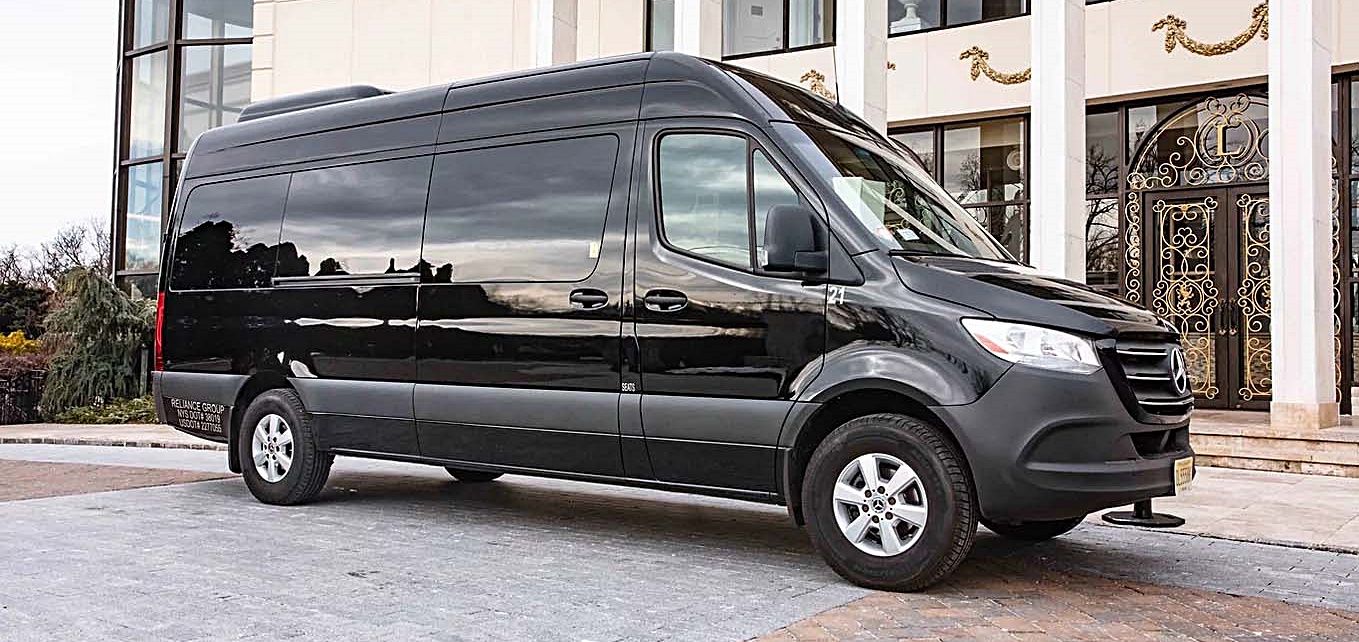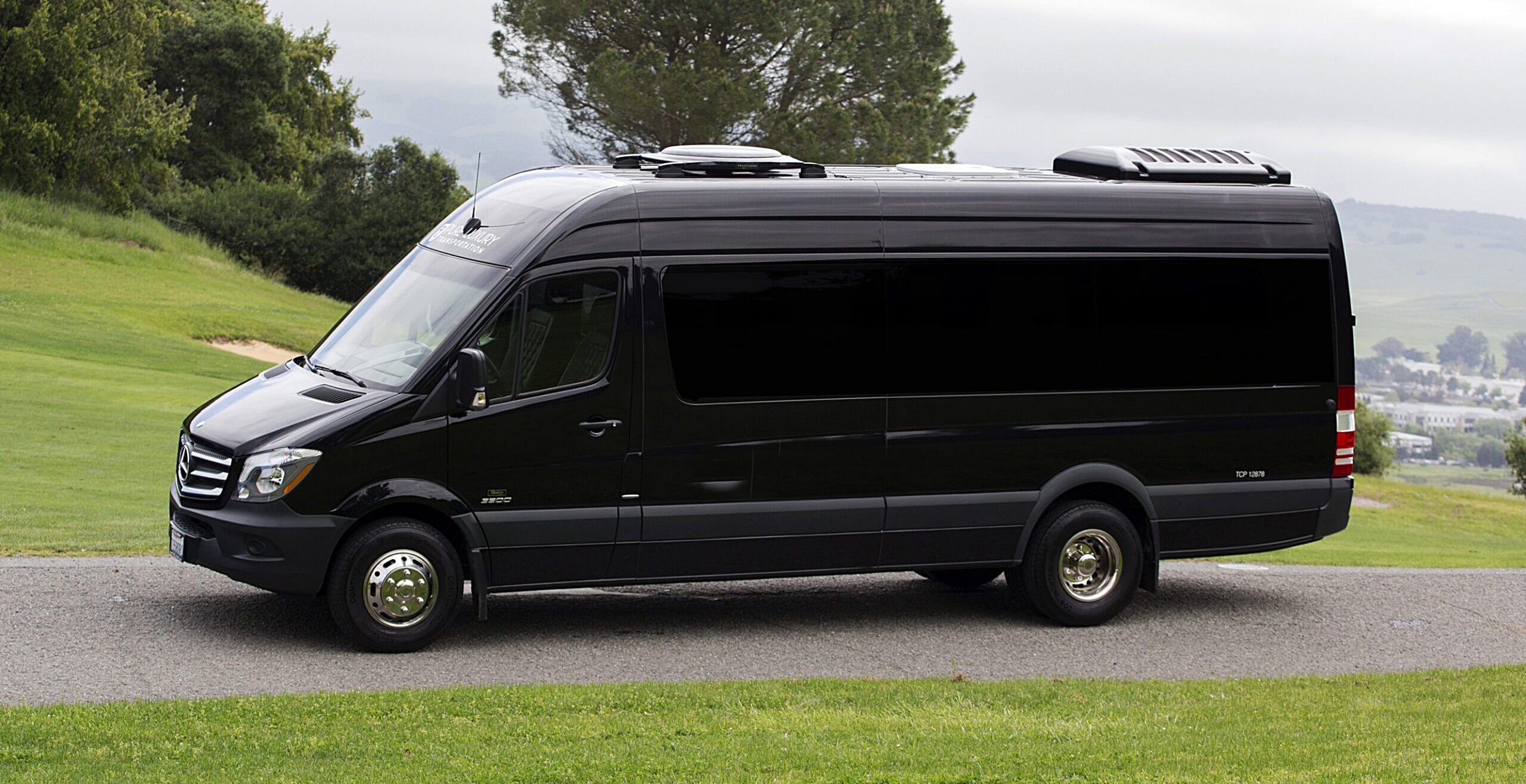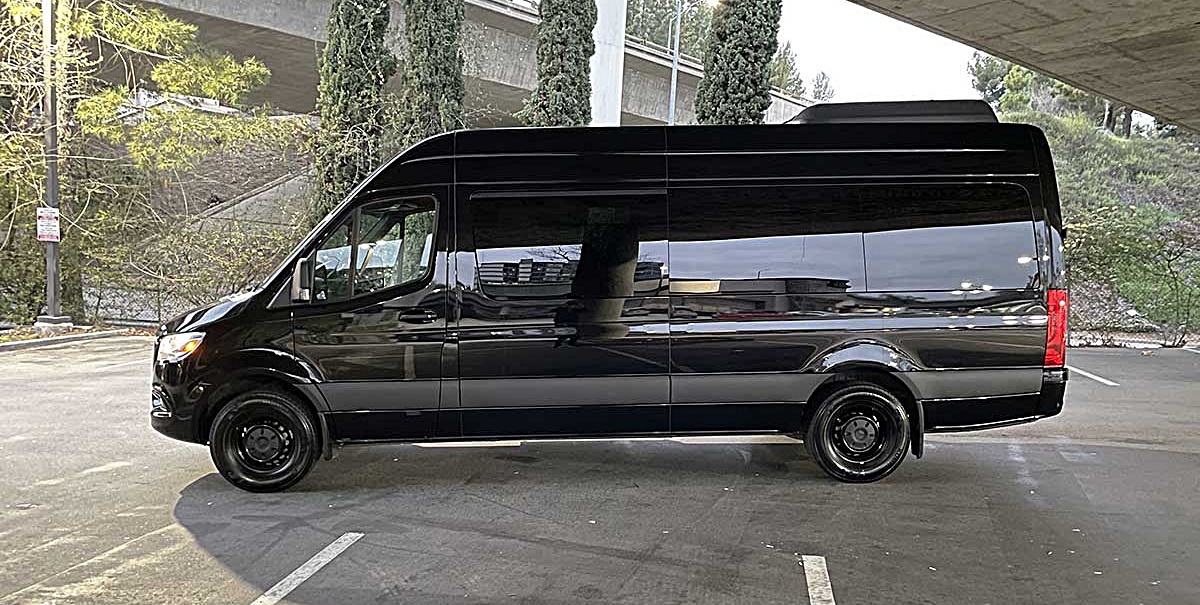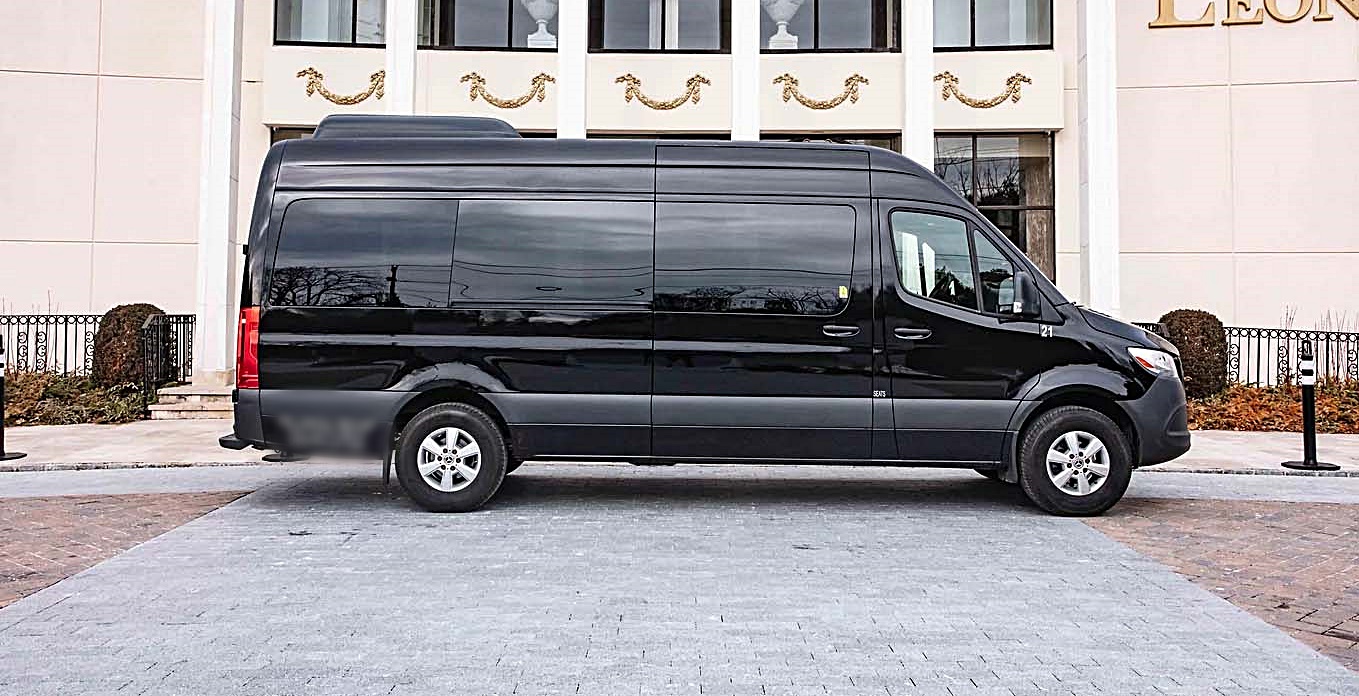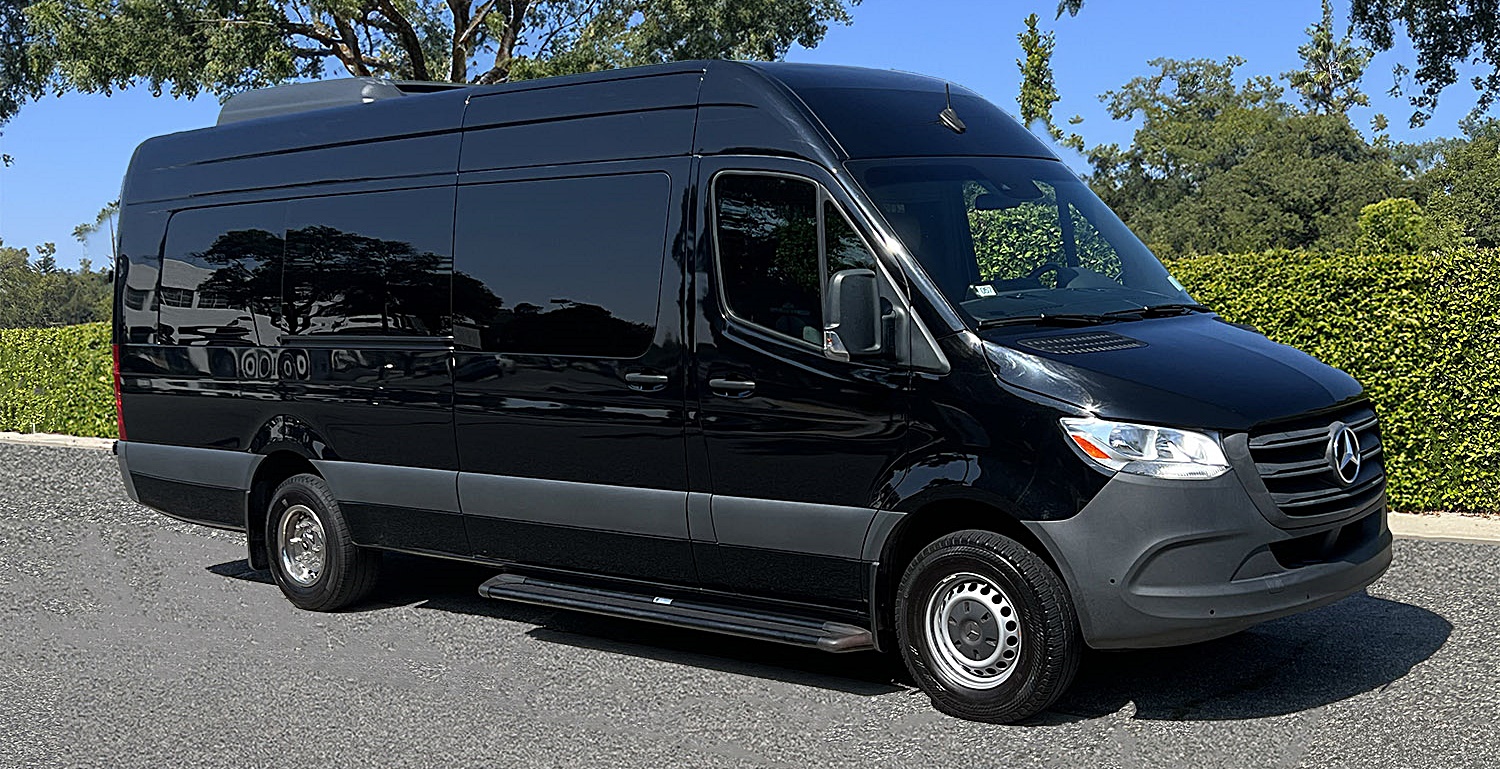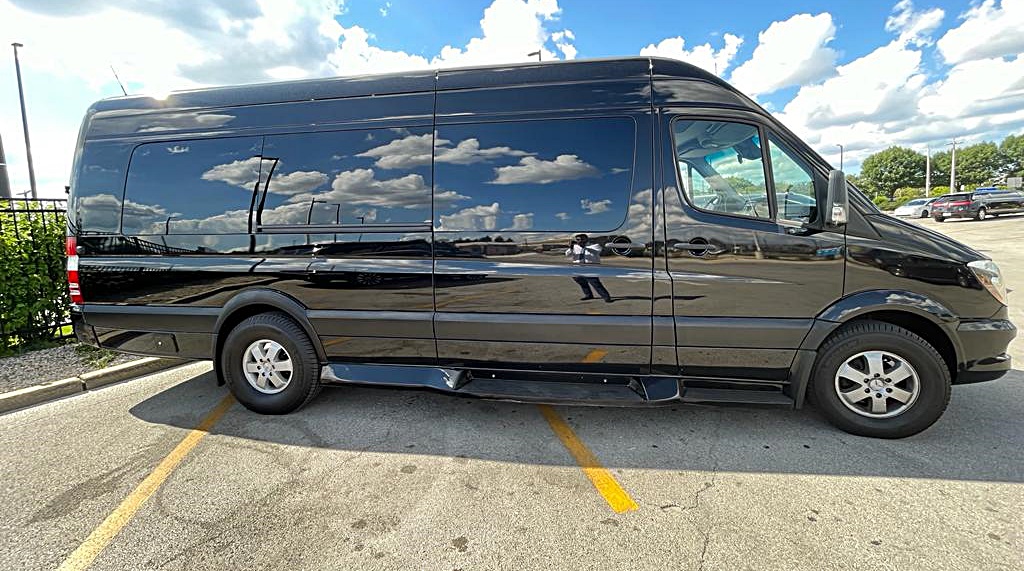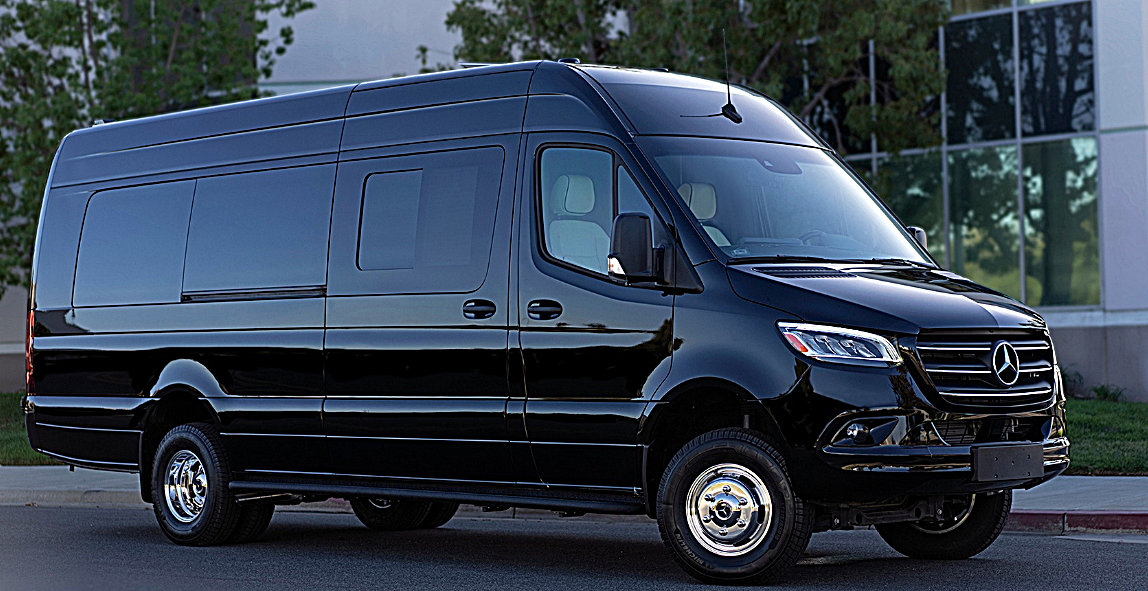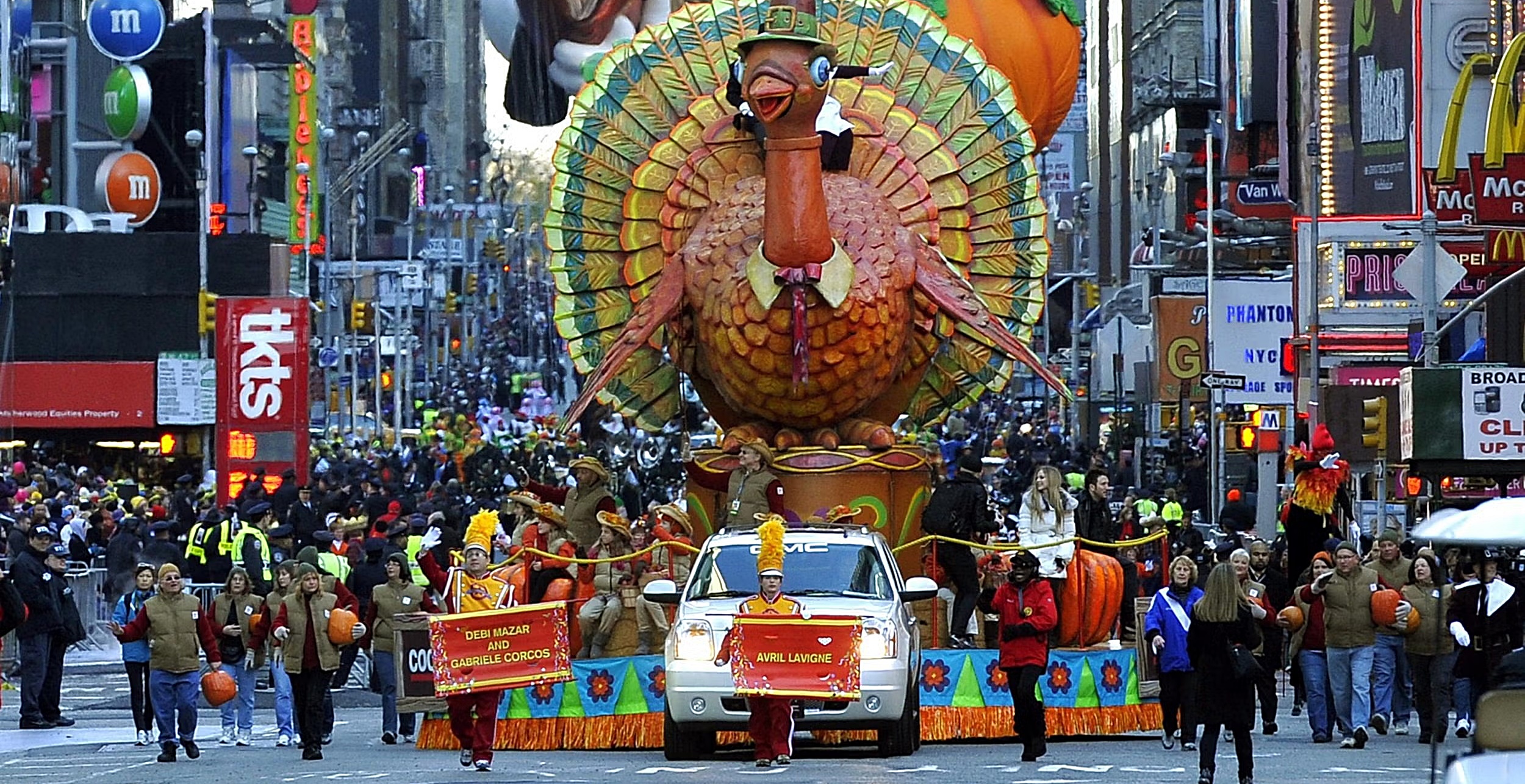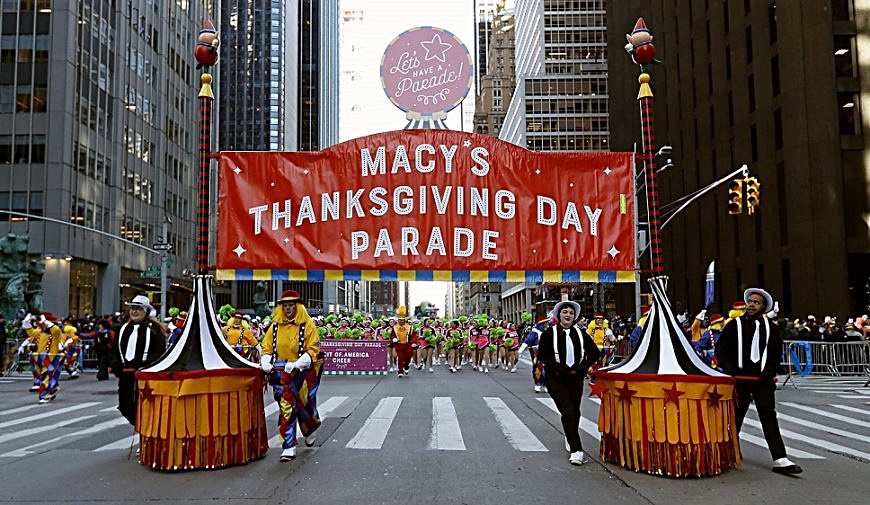When planning transportation in New York City, renting a Sprinter van is a versatile and luxurious option. Whether you’re heading to an event, airport, or a sightseeing tour, a Sprinter van provides ample space, comfort, and convenience. Let’s dive into the costs, options, and reasons why Limo Service in NYC is your best choice for this type of transportation.
Sprinter Van Rental Service in NYC
New York City, encompassing the five boroughs—Manhattan, Brooklyn, Queens, The Bronx, and Staten Island—is a bustling hub that requires reliable and flexible transportation. Sprinter vans have become increasingly popular for group travel, corporate outings, and special occasions due to their luxury features and practicality.
At Limo Service in NYC, we provide top-notch Sprinter van rental services tailored to your needs, ensuring that you travel in style and comfort.
Why Choose Limo Service in NYC Over Other Modes of Transportation?
- Comfort and Space: Sprinter vans are designed with spacious interiors, accommodating up to 15 passengers comfortably. Unlike cramped public transit or traditional cabs, these vans provide legroom, plush seating, and a relaxed atmosphere.
- Luxury Features: Our Sprinter vans come equipped with premium amenities such as leather seats, climate control, entertainment systems, Wi-Fi, and charging ports. This level of sophistication ensures an elevated travel experience.
- Safety and Reliability: With professional drivers who are extensively trained and familiar with NYC’s routes, Limo Service in NYC prioritizes your safety. Our vehicles are regularly maintained and adhere to all New York City laws and regulations.
- Cost-Effectiveness for Groups: For large groups, renting a Sprinter van is more economical than hiring multiple taxis or rideshares. With transparent pricing and packages, you get exceptional value.
- Flexibility: Unlike fixed public transit routes, our service allows you to customize your journey, including multiple stops and tailored itineraries.
Types of Mercedes-Benz Sprinter Vans Available in NYC
Mercedes-Benz Sprinter vans come in various configurations to cater to different needs:
- Standard Passenger Sprinter Van:
- Capacity: 12-15 passengers
- Features: Comfortable seating, ample legroom, and luggage space
- Ideal For: Group outings, family trips, and airport transfers
- Executive Sprinter Van:
- Capacity: 8-12 passengers
- Features: Luxury leather seats, mood lighting, entertainment systems, and a mini-bar
- Ideal For: Corporate travel and VIP events
- Cargo Sprinter Van:
- Capacity: Large storage capacity for goods and equipment
- Features: Secure storage space with tie-down points
- Ideal For: Moving equipment or goods within NYC
- Limousine-Style Sprinter Van:
- Capacity: 10-12 passengers
- Features: Plush seating, premium sound systems, and party lighting
- Ideal For: Weddings, parties, and nightlife
Our Pricing for Sprinter Van Rentals in NYC
The cost of renting a Sprinter van depends on various factors such as vehicle type, duration, and additional services. Here’s a breakdown of typical pricing:
Hourly Rentals:
- Standard Passenger Van: $120 – $150/hour (minimum 4 hours)
- Executive Van: $150 – $200/hour
- Limousine-Style Van: $200 – $250/hour
Daily Rentals:
- Standard Passenger Van: $800 – $1,200/day
- Executive Van: $1,000 – $1,500/day
- Limousine-Style Van: $1,200 – $1,800/day
Additional Costs:
- Tolls: Depending on your route
- Driver Gratuity: Typically 15-20%
- Add-ons: Wi-Fi, snacks, or special requests
Our Fleets and Route Details
At Limo Service in NYC, we pride ourselves on offering a diverse fleet:
- Standard Sprinter Vans for family or group travel
- Luxury Sprinter Vans for corporate and VIP clients
- Party Sprinter Vans for celebrations and events
Route Options: Our drivers are knowledgeable about the best routes across all NYC boroughs. Whether you’re traveling from Manhattan to JFK Airport or planning a sightseeing tour through Brooklyn and Queens, we ensure a smooth and efficient journey.
Legal Definitions and Compliance
New York City law requires all for-hire vehicles to adhere to strict safety and operational standards. At Limo Service in NYC, we ensure:
- Driver Certification: All drivers hold valid licenses and undergo thorough background checks.
- Vehicle Maintenance: Regular inspections and servicing
- Insurance Coverage: Comprehensive insurance for passenger safety
Why Sprinter Vans Are Ideal for NYC Transportation?
Sprinter vans offer a unique combination of space, luxury, and practicality. They’re perfect for:
- Airport Transfers: Accommodating passengers and luggage
- Corporate Events: Impressing clients and colleagues
- Sightseeing Tours: Exploring landmarks like Times Square, Central Park, and the Brooklyn Bridge
- Special Occasions: Weddings, proms, and birthday parties
Conclusion
Renting a Sprinter van in NYC is a luxurious and practical solution for group travel, corporate needs, or special events. With Limo Service in NYC, you gain access to premium vehicles, professional drivers, and unparalleled customer service. Whether you’re navigating Manhattan’s bustling streets or exploring the serene beauty of Staten Island, our Sprinter vans ensure a seamless travel experience.
Frequently Asked Questions (FAQs)
How far in advance should I book a Sprinter van in NYC?
It’s recommended to book at least 1-2 weeks in advance, especially during peak seasons.
Can I rent a Sprinter van for out-of-city trips?
Yes, we offer intercity and interstate travel options.
What payment methods are accepted?
We accept credit cards, debit cards, and online payments.
Are pets allowed in the Sprinter vans?
Yes, but please notify us in advance to make necessary arrangements.
Is alcohol permitted in the van?
Alcohol is allowed in limousine-style vans for passengers over 21, adhering to local laws.
Can I customize the interior of the van for an event?
Yes, we provide customization options for decorations and setups.
Do you offer hourly or daily rates?
Both options are available based on your needs.
Are tolls and parking fees included in the rental cost?
Tolls and parking fees are additional costs.
What is your cancellation policy?
Cancellations must be made at least 48 hours in advance for a full refund.
Do the vans have child safety seats?
Child safety seats are available upon request.



